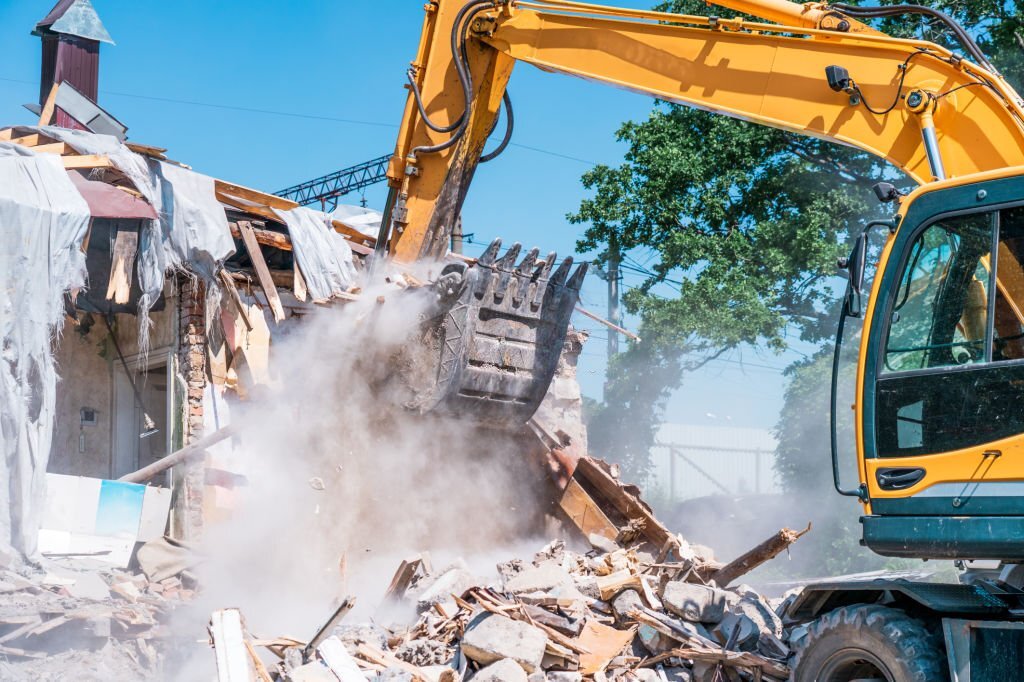
Introduction
Demolition equipment forms the backbone of the construction industry’s ability to safely and efficiently dismantle structures, paving the way for new developments and urban renewal. These specialized machines are purpose-built for the intricate task of tearing down buildings, concrete structures, and other edifices. In this comprehensive article, we will explore the primary functions and capabilities of various demolition equipment, shedding light on the roles played by excavators, wrecking balls, concrete crushers, high-reach excavators, and more in the world of demolition.
1. Excavators: Versatility and Precision
Excavators are the workhorses of demolition, offering remarkable versatility and precision. Their primary function is to excavate and remove materials, but with the addition of hydraulic attachments such as shears, hammers, and grapples, they become formidable tools for controlled destruction. Excavators can precisely dismantle structures, breaking down concrete, metal, and other materials efficiently. Their ability to work in tight spaces and maneuver with ease makes them essential in demolition projects.
2. Wrecking Balls: Raw Power and Impact
Wrecking balls hold a historic place in demolition, providing raw power and impact to bring down structures. These large, heavy spheres are attached to cranes and swung into structures, exerting force to break them apart. While not as precise as other methods, wrecking balls are ideal for demolishing large, solid structures, transforming them into manageable debris for further processing.
3. Concrete Crushers: Breaking Down Concrete
The primary function of concrete crushers is to break down concrete structures into smaller, more manageable pieces. These powerful hydraulic crushers use immense pressure to reduce concrete surfaces effectively. The crushed concrete can then be recycled for future use, promoting sustainability and responsible waste management in the demolition process.
4. High-Reach Excavators: Tackling Tall Structures
High-reach excavators, also known as long-reach excavators, excel in demolishing tall structures. Their primary function is to reach significant heights while maintaining stability, making them ideal for tearing down skyscrapers, chimneys, and other vertical constructions that are beyond the reach of conventional excavators. These specialized machines play a crucial role in large-scale demolition projects.
5. Hydraulic Breakers: Precise Breaking and Demolition
Hydraulic breakers, commonly referred to as hammers, are versatile attachments used in demolition projects. Their primary function is to deliver powerful, repeated blows to break concrete and rocks. With precise control over the force applied, hydraulic breakers can tackle various tasks, including breaking up pavements, rocks, and smaller structures with accuracy.
6. Skid-Steer Loaders: Compact Efficiency
Skid-steer loaders may not be exclusive to demolition, but their compact design and maneuverability make them invaluable in the process. Their primary function in demolition includes debris removal, material transport, and site clearing in tight spaces and confined areas where larger equipment cannot access easily.
7. Bulldozers: Clearing and Leveling
While primarily known for earthmoving and grading, bulldozers play a critical role in the initial stages of demolition. Their primary function is clearing large areas and pushing debris, making the site accessible for other heavy equipment. Bulldozers contribute to site preparation and leveling, preparing the ground for new construction projects.
8. Explosives and Implosion: Controlled Demolition
While not machines themselves, the use of controlled explosives and implosion techniques is an essential function in certain demolition projects. Demolition experts strategically place explosives to bring down structures safely and precisely. This method is employed for large, complex structures that are no longer feasible to dismantle using conventional means.
Conclusion
Demolition equipment serves essential functions in the construction industry, enabling safe, efficient, and environmentally responsible demolition processes. From the versatility of excavators to the raw power of wrecking balls, and the precision of concrete crushers, each type of equipment plays a unique role in the dismantling of structures. The advent of high-reach excavators and specialized attachments has further enhanced the capabilities of demolition equipment, making it an indispensable part of the construction landscape. Understanding the primary functions of demolition equipment is crucial for selecting the right machinery to handle the complex task of tearing down structures while ensuring safety and environmental sustainability.

